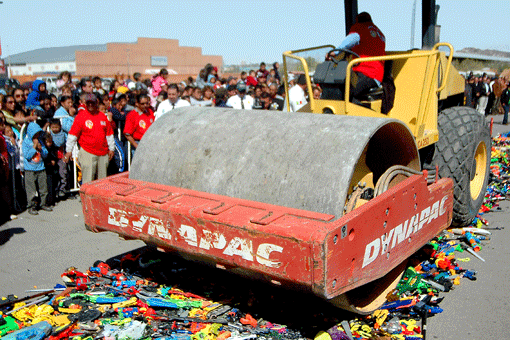Over the course of the last half century, a profound cultural revolution has taken place in Latin America. The way in which young men and women relate to each other and to their offspring, their notion of what is permissible and what is not within a marriage and before it, and their definition of appropriate masculinity and femininity have all undergone a transformation. This change has been all the more remarkable because it took place with very little of the grandiose rhetoric and great hopes that accompanied so many other, less successful, revolutions.
This sexual and family revolution alone would give us reason to feel optimistic about the future of Latin America, but there is much more. According to the United Nations Development Programme’s Human Development Index, most Latin American countries rank as “highly developed.” Whether you compare the statistics on inflation, foreign direct investment, child malnutrition or literacy, Latin America is clearly better off today than it was 20 years ago—and incomparably better than it was half a century ago.
 But it would be wrong to conclude from this that the region is living up to its enormous human potential. With few exceptions, our standing in the development ranking of nations remains unchanged. Violence has been a constant. My generation, which in the 1960s throughout Latin America promised revolution and a better life to all, has instead bequeathed to our young people stunningly unequal societies rife with crime, stripped of opportunities and ruled by men (and an increasingly large number of women) so corrupt as to make cynicism almost justifiable. Economic hardship and insecurity are rampant, and particularly so among the young. According to a 2007 report by the International Labor Organization (ILO) on Decent Work and Youth in Latin America, the young are unemployed at three times the adult rate.
But it would be wrong to conclude from this that the region is living up to its enormous human potential. With few exceptions, our standing in the development ranking of nations remains unchanged. Violence has been a constant. My generation, which in the 1960s throughout Latin America promised revolution and a better life to all, has instead bequeathed to our young people stunningly unequal societies rife with crime, stripped of opportunities and ruled by men (and an increasingly large number of women) so corrupt as to make cynicism almost justifiable. Economic hardship and insecurity are rampant, and particularly so among the young. According to a 2007 report by the International Labor Organization (ILO) on Decent Work and Youth in Latin America, the young are unemployed at three times the adult rate.
Of the generation between the ages of 15 and 24, the ILO report states that only 34 percent go to school, while 33 percent work. A staggering 20 percent does neither! “What’s more, some 30 million young people work in the informal economy, mostly under bad working conditions,” the report says, while ”some 22 million youth neither work nor study due to lack of opportunities or frustration, making them a social risk.”
How is it that society’s natural leaders—our intellectuals, entrepreneurs, politicians and policy makers—have so neglected the young? How did we understand so little about what was involved in creating a better future? How did we fail to understand the implications of creating a world in which young people feel disposable?
Above all, we failed to realize that these young people, the no-futuros, would become the workforce and the cannon fodder for a phenomenon that is undermining the social stability of one country after another: the worldwide traffic in illegal narcotics…
Endnotes



